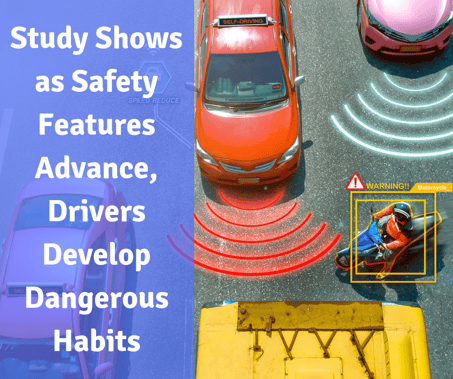
An article from one of our trade journals (Parts and People) this month caught my attention. It was on advanced driver assist systems (ADAS) and the effect they have on driver behavior. The study was done by MIT Advanced Vehicle Technology Consortium and includes automakers and insurance companies. The researchers used cameras and sensors to watch drivers of Tesla, Volvo, and Cadillac vehicles to see how the systems are used, how often they’re used and how drivers respond to the warnings. The study has been going on for 2 years and has logged over 300,000 miles with 89 drivers and some trends seem to be emerging.
One trend is when some of the semi-autonomous systems are engaged, the drivers begin to multi-task, paying less and less attention to driving. For instance, when the cruise control was engaged, there was a 22% increase in phone manipulation and when a higher level of assists like blind spot monitoring and lane departure was engaged, phone manipulation almost doubled. In other words, the more automation that is engaged, the more drivers become distracted.
A second trend found distracted drivers often don’t understand the warning and alert systems. After a forward collision warning sounded, the in-video caught one woman looking down at her dash and asking the passenger what they thought the sound meant. While asking the question another forward collision warning sounded. Before the study began the driver was given an hour of instruction. This is more time than a car dealer usually spends instructing the buyer and the quality of the instruction often depends upon how knowledgeable the sales or IT person is.
There is much talk about self-driving vehicles being available in the near future, but the truth is it will be quite a while. No autonomous system can operate under all conditions. There will always be a point the driver will need to take over quickly as during snow or rain storm when road lines are covered or blurred.
Recently a self-driving Uber struck and killed a pedestrian even though there was a human at the wheel to take over. The in-car video showed the human was distracted and did not have her hands near the steering wheel.
In our day to day collision business we are repairing and calibrating ADAS frequently. ADAS repair is a whole new skill set that barely existed a year ago. Our ASE certified Master Technicians have the training and equipment to perform most ADAS repairs in-house without lengthening repair time having to send your vehicle to the dealer.



